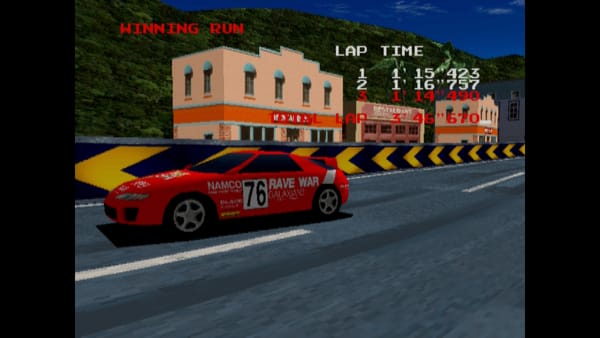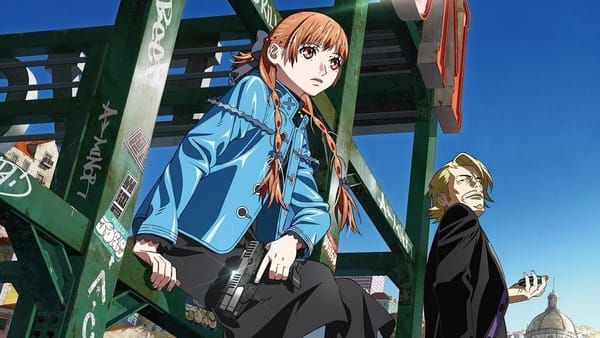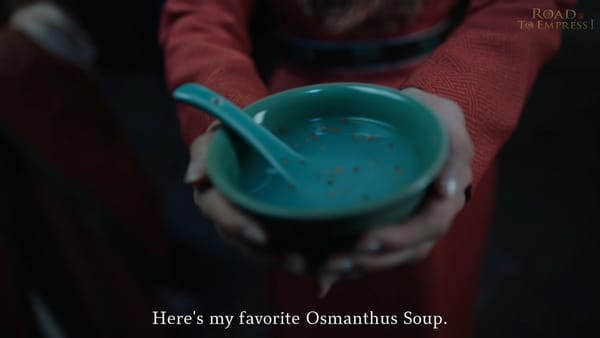Daily Dracula X - The End
So why did we do all this?
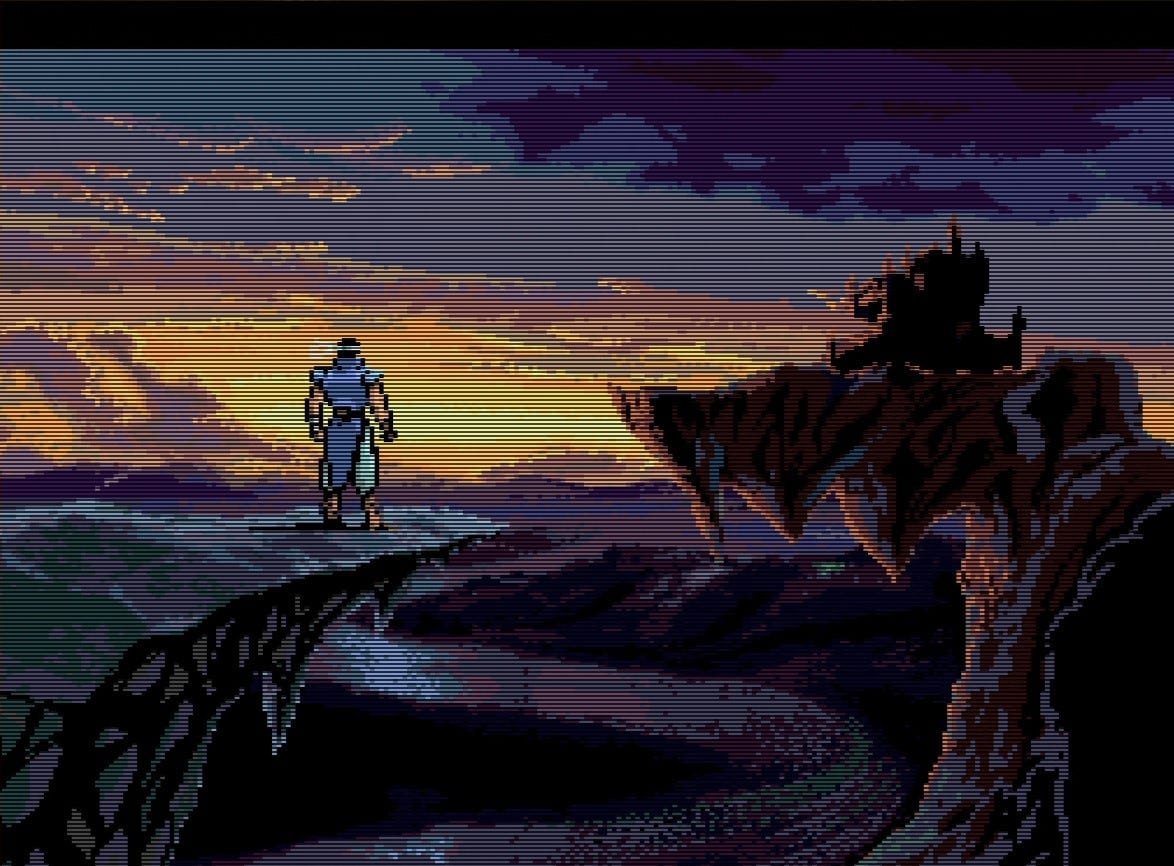
And so ends this daily, full-length, annotated playthrough of the classic video game Dracula X: Rondo of Blood.
One must ask: why?
Well, it was an intrusive thought I was having, and it wouldn’t go away.
When inspiration rains, it pours, and here I am two months and a little book later. But here are some other reasons.
To go in-depth on a retro game
I had been promising to do this on my newsletter anyway, but I had only gotten to it a couple of times. (Most recently the Elevator Action games.)
Lately I’ve bought a lot of mini-consoles and even a MISTer, so I have my choice of pretty much any video game from before 2000 to talk about. Every time I buy a new toy there are ten or twenty games that leap out and beg to be discussed.
The freedom of a large collection proves paralyzing. You play the first level of this action game, you play the first hour of that RPG, you only go as far in that shooter as a credit will take you. You never take the time to go deep. After all, Monster Hunter’s about to come out.1
So I wanted to go as deep as humanly possible on a single retro game, and maybe never go that deep again. Rondo Of Blood isn’t my favorite game ever made, or anything. I just think it’s a really good one, worth seeing through all the way to the end.
To examine a “mythical” game on its own merits
I mentioned in the introduction that due to its rarity and lack of international distribution, Rondo of Blood is kind of a legendary game in retro circles.
This has the side effect that the game becomes better known for its rarity than for its actual content, and praised as the best in its series by folks who haven’t bothered to actually play it. Back when Final Fantasy V was “the lost Final Fantasy”, it was treated this way as well.
I wanted to put the hype out of mind and engage the game on its own terms. I also wanted to present a genuinely tough game to folks who might not be able to survive it themselves. Part of that was playing it as it was made, without save states: there’s no way I would have described the same experience to you if I had been able to save before every boss, for example.
So what does Rondo of Blood offer us today?
A transitional step towards one of the most beloved and influential video games ever made
Here’s something else I talked about in the intro. The progression from Rondo of Blood into Symphony of the Night feels quite natural, when you take both games into account. Rondo is, after all, a game ahead of its time.
Rondo is by no means the first Castlevania game to experiment with exploration. But the thing that really opens the door for all that, something that doesn’t come up in my writeup, is the game’s format.
Because it’s on CD, there’s a huge amount of available storage for stages and art, as opposed to the precious, limited space on a cartridge. Also, the system has some onboard memory and even memory cards, so that players can save their game progress. 2
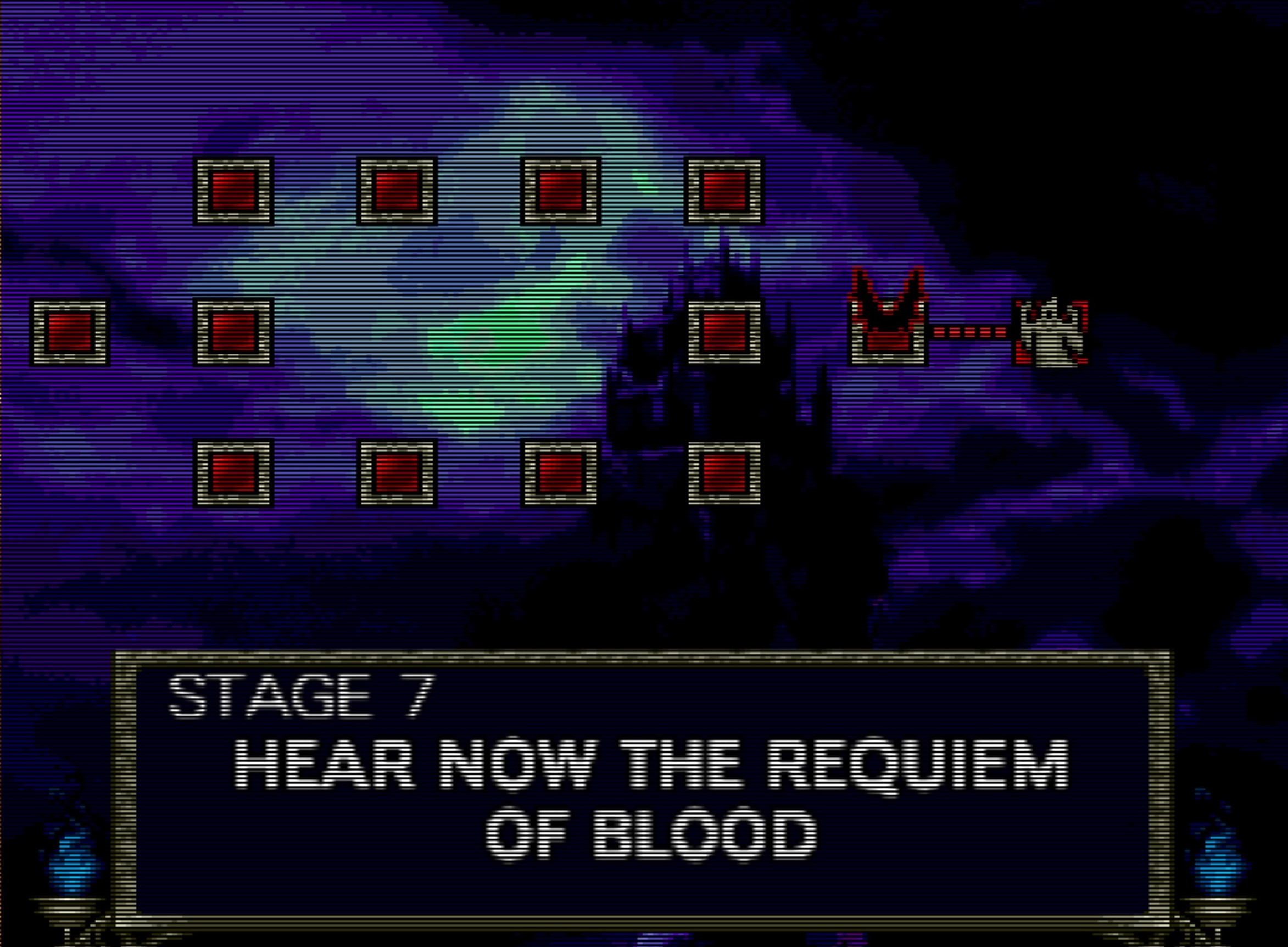
This changes everything: now it’s okay for the whole game to be bigger than one evening’s worth of play. It can branch off in many directions, in fact: players can just load up the game another day, play any stage they want, and find all the routes they missed. That’s how I put together this project: I beat the game and then I replayed every stage multiple times in detail, to write about them.
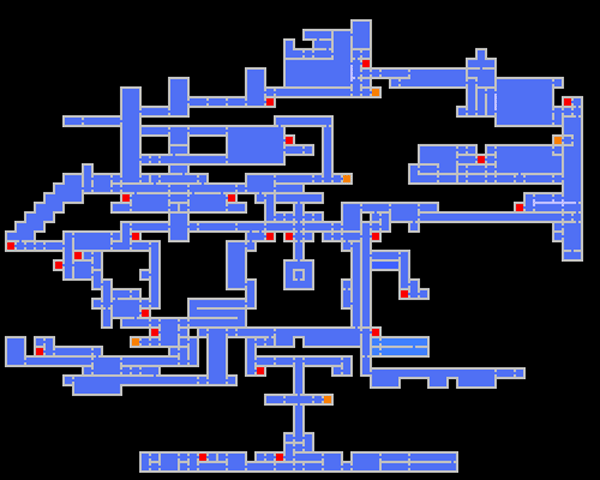
Branches and backtracking and picking up things we missed? Is this familiar to you? It might be, because the design of Rondo leads directly towards the backtracking exploration format of Symphony of the Night.
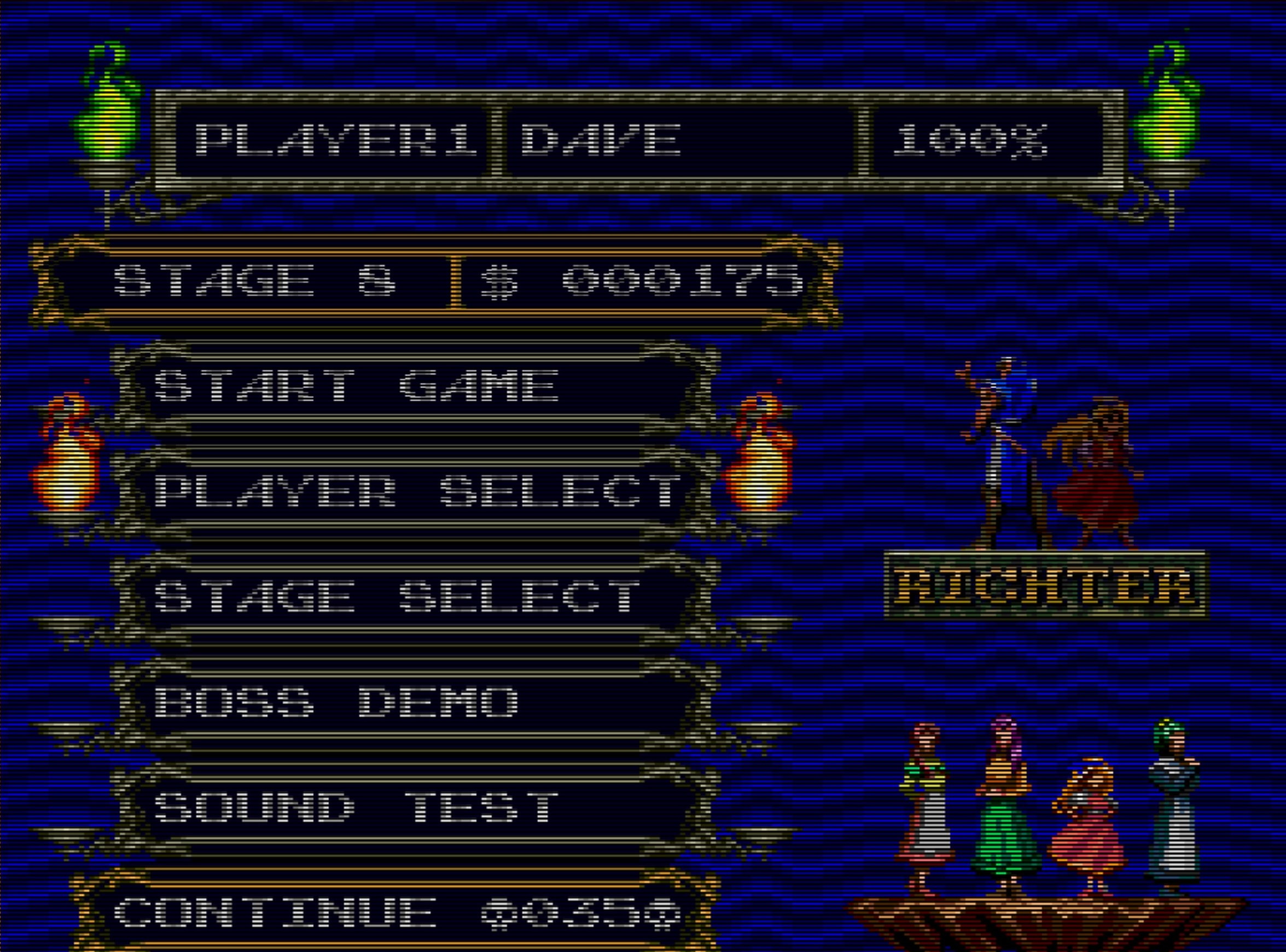
The concept of “100% completion” wasn’t common to video games in 1993, but there it is on the first screen of Rondo of Blood. It’s an implicit challenge: try and find everything. Symphony would carry this one forward, challenging players to uncover every last square foot of the castle.
Today that’s everywhere in modern video games. People get mad at you when you don’t do it. Rondo of Blood is nearly 30 years old.
Doing a lot with a little
The PC Engine CDROM^2 is a fascinating piece of hardware that I could talk about all day, if I really wanted to bore you. NEC were truly on the cutting edge, putting out a CD-based system in 1988.

By 1993, the hardware was starting to show its age… yet Rondo of Blood is an absolutely gorgeous game from start to finish. It bleeds personality all over the screen.
Making an attractive game like this one is not about the capabilities of the hardware; it’s about the art and sound direction.
Do the places Richter travels through on his way to Dracula’s castle make perfect narrative or spatial sense? Past a point, not really! But they have character for days.
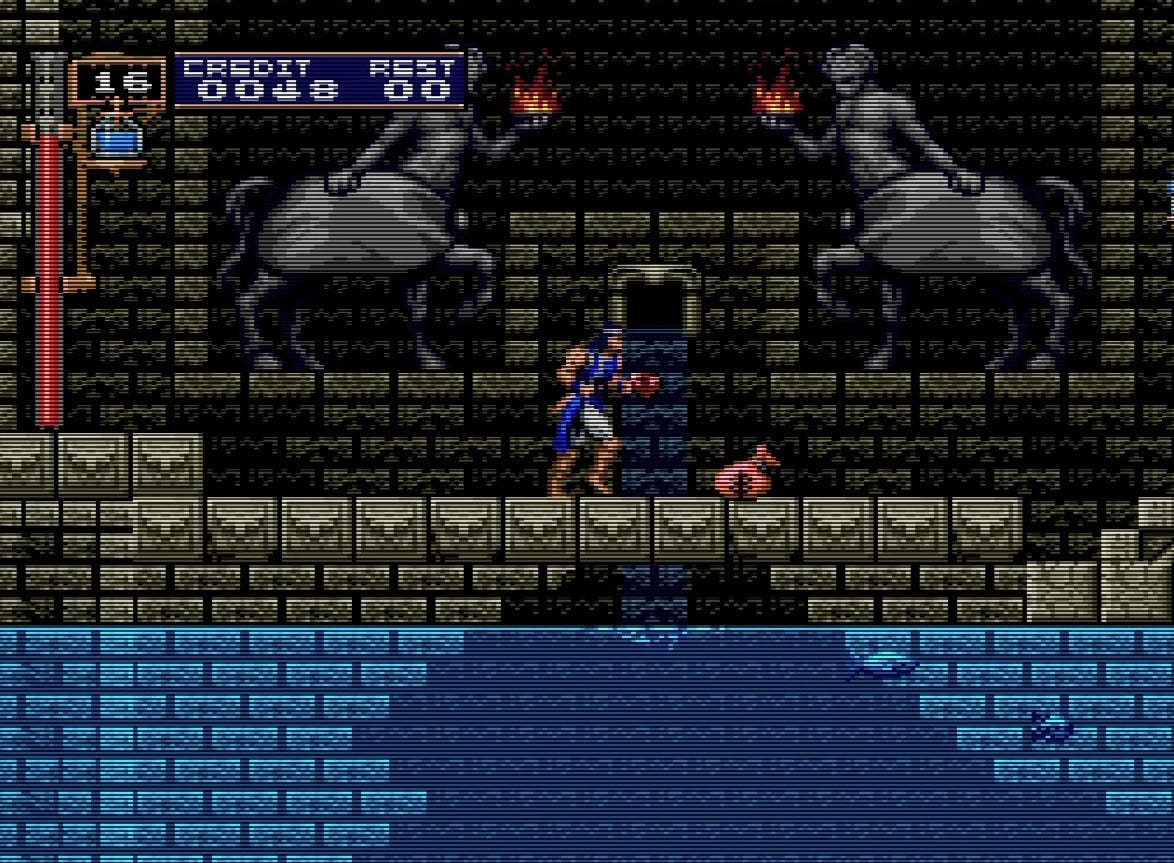
From the fish swimming in a pool below a cavern, to the intricate art lining Dracula’s castle, to the seated corpse that turns to dust when you touch it, the stages feel like real, lived-in places.
Dracula’s minions are so expressive and have such personality that many of them, like Axe Knight and the various skeletons, were redrawn and used again in the sequel, Symphony. Personality, detail, and quality are the elements that really suck a player into a game world. Powerful hardware still requires creative vision to achieve immersion.
Honor tradition by destroying it
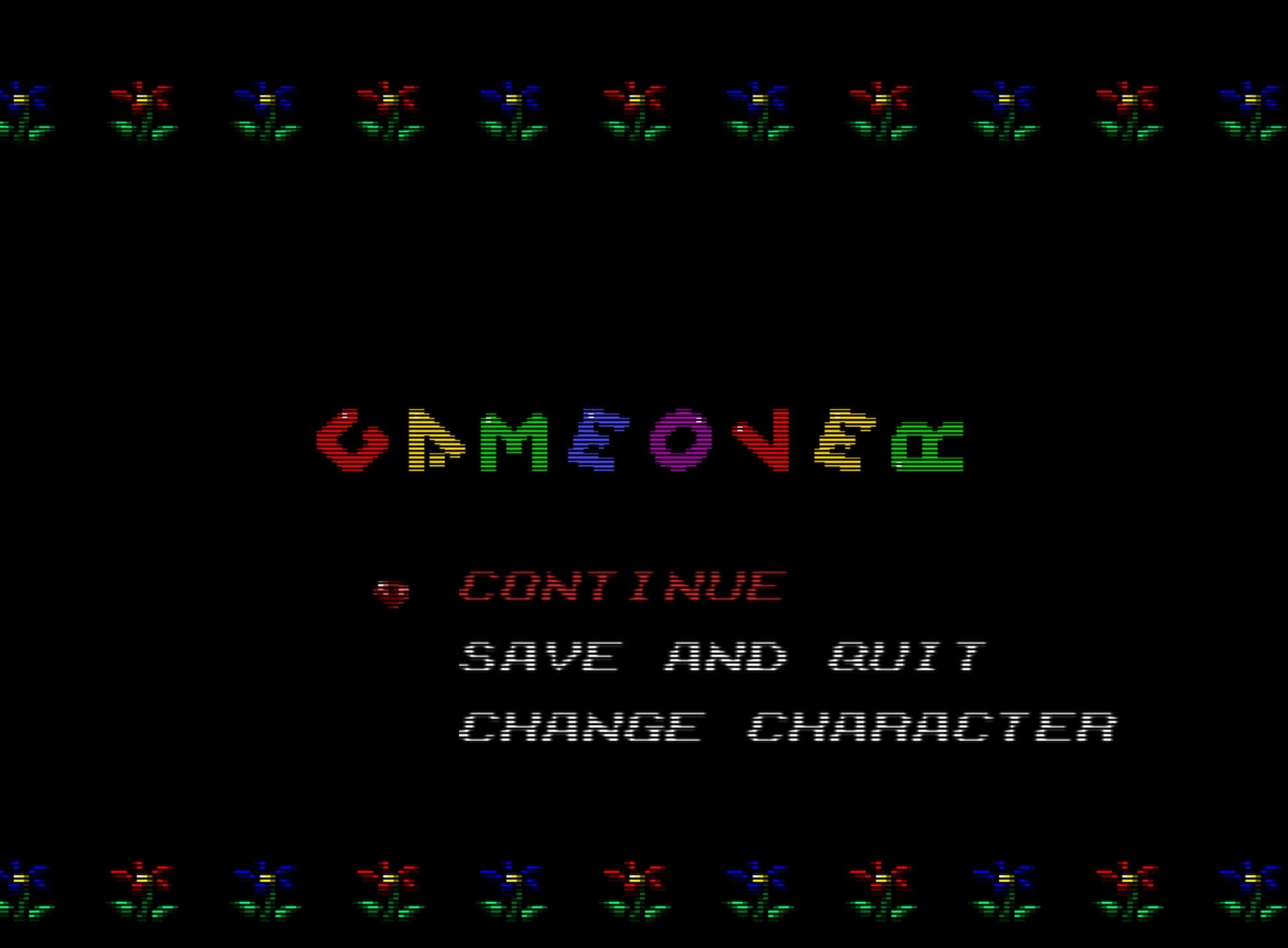
And of course, there’s Maria. Castlevania is a fairly traditionalist series with purposely stiff and stoic heroes, whose deliberate controls present the challenge around which the entire game is designed.
Rondo drives a truck through that with a character who plays completely differently, is much stronger than the main character, and makes a joke of the proceedings. Konami was, after all, putting the Parodius series out around the same time.
Maria is a gag character, and she’s certainly overpowered compared to Richter, but it’s not without reason. She presents an “easy” difficulty without relegating difficulty to a choice in a menu. Get frustrated? Play Maria! Want to breeze through? Play Maria!
And of course, Maria’s just fun. She’s got a goofy personality and everything she does is silly. It’s a laugh and a half playing as her.
God help me, let’s talk about video game difficulty
But as I played through Rondo with Maria, I kind of felt like I wasn’t getting the whole game. It was so easy to defeat every enemy, and so trivial to make every jump, that I didn’t feel challenged, and thus I didn’t feel engaged anymore.
I settled on Richter because he was better for the project— more to talk about— but also because he was more entertaining for me to use. I enjoyed the challenge of “solving” the levels, how best to traverse them, fighting monsters without getting hit. That’s my thing.
I found in Rondo of Blood an antique mirror of the kinds of (mind-numbing, stultifying, kill-me-now) debates that people have over modern action games, particularly those by From Software (Elden Ring, Dark Souls and so on). Specifically, I found an old-school action developer pondering exactly those same issues in 1993: how to make a hard action game that’s about conquering tough encounters, but also, one that not just hardcore action gamers can enjoy.
Different players will naturally come at a game with different expectations, and if it wants to reach a lot of different kinds of players, a game must accommodate. But also, the kind of incremental learning and trial-and-error gameplay so expertly orchestrated in Rondo still works for a lot of folks today. It’s inherently compelling. Elden Ring is not a success despite these factors, it is a success because of them.
As a player who likes to be challenged and put in a lot of effort, the classical Richter worked just fine for me, and breezing through the game with Maria felt kind of empty. But there are plenty of players for whom the reverse is true. And of course, Maria is the character of choice for speedrunners, some of the hardest-core players imaginable.
While I generally oppose the myopic idea that “every game needs an easy mode”3, I will say that more options give a game extra dimensions. I don’t think that’s bad. Some games can do more than one thing, and Rondo swings big on that! Again, it’s a work ahead of its time.
Totally arbitrary anime girls
So what was with the hostages, right? Aren’t they totally weird and tacked-on? We save them, we see them for five seconds, we see their big faces in the sky when we beat the game. That’s literally it.
Another cool fact about the PC Engine CD-ROM^2 was that it was popularly thought of as the “anime” console. As it was capable of long, fully voiced anime cutscenes, developers naturally flocked to produce anime-style adventure games like Snatcher CD-ROMantic and Galaxy Fraulein Yuna, as well as game adaptations of existing anime series. Anime fans with thick wallets followed.

Thus, the PC Engine CD-ROM^2 had earned a reputation as an anime-otaku console, and was marketed as such.
(Rondo of Blood was actually being developed at Konami at the same time as one of the formative anime high-school dating sims, Tokimeki Memorial.)
And what do anime nerds with thick wallets like in any age? Cute anime girls, obviously! It’s purely my speculation, but I strongly suspect that Dracula’s hostages and their brightly colored hair were tacked on to court the PC Engine CD’s core demographic.
Farewell, and Special Thanks to YOU
Well, that’s all I have to say about that. Thanks for reading this big crazy project of mine to the end. I hope you got something out of it.
If you liked Daily Dracula X, I hope you’ll continue to read this newsletter. I talk about video games (frequently fighting games and retro), anime/manga (I’m a seasonal viewer but my favorite is Gunbuster), and the surrounding culture. Depending on how Daily Dracula X performs, I might try something like it again one day… but my burnout is telling me I’m not going to try something on this sheer scale ever again.
If you loved Daily Dracula X, I must also remind you that I did it for free. There is only one subscriber-locked post in this project, and it is the one about the joke level. This project represents two months’ worth of blood, sweat and tears alongside my regular responsibilities during what turned out to be a pretty tough time. If you can manage it, I’d love to see you become a paid subscriber. What’s more, it would help me keep doing this. If you can’t, tell a friend. I’ll be grateful, I promise.
I’ve been recovering from burnout after finishing Daily Dracula X by playing Monster Hunter Rise: Sunbreak as Daily Drac X posts. I thought I would spend this time writing up the rest of the ideas in my notebook, but truly, I was just too tired. ↩
To save games, cartridge-based games need a battery backup that was very expensive at the time, so if saving wasn’t absolutely essential— like for an RPG— publishers probably wouldn’t shell out for it. This meant that kids of the era had to finish games in a single sitting, which in turn molded the design of those games. ↩
In an artistic sense, I’m 100% on the side of creators to make the kind of game they want, including difficulty, whether that is Gone Home or Dodonpachi. ↩
